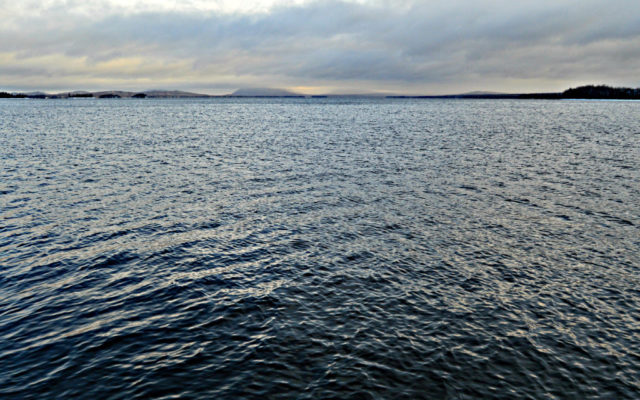
Moosehead Lake region fishing report
When I started work for the IFW in the mid-1980s, we were having a peak in fishing activity. Angler use was at an all-time high and I used to cringe on the Monday of the Memorial Day weekend to see the steady stream of traffic heading south all loaded with fish from my favorite trout ponds (in my mind anyway).
Back then, we frequently had to make more restrictive regulations to limit harvest and protect the wild fish resources. It was rare to liberalize regulations. Doing so would have certainly led to overharvest and the depletion of the popular trout and salmon fisheries in the region. But now, things are much different. Overall, fewer people are fishing and those that do, practice catch and release at a much higher rate than in the 1980s. This has led to a number of cases where we now have too many fish in some waters. Chesuncook Lake is a glaring example of the pitfalls of too little harvest.
Chesuncook Lake has a much deserved reputation for producing quality-sized salmon. Prior to the 1990s, salmon 2-3 pounds were pretty common along with occasional bigger fish. The famed September “Foxhole” fishery was outstanding. Most of the mature salmon from the 26,000-acre lake headed upstream into this section of the West Branch. The “best of the best” salmon from the lake created some mighty fine river fishing, if you could chase the moose out of the salmon pool. I’ve seen several monster salmon exceeding 6 pounds come from this section of the West Branch.
Back in the 1980s and 1990s, our winter surveys on Chesuncook Lake showed that there were 3,000 to 4,000 days of fishing in the winter and anglers were taking home around 1,500 to 2,000 salmon. Chesuncook Lake was one of the prime fishing locations for people living and working in the Millinocket area, just an hour away.
In an effort to maintain the quality of the salmon fishery at Chesuncook Lake in the face of very high use and harvest, we implemented a one salmon bag limit and a 16-inch minimum length limit. Initially, the regulation was working fine and the fishery was holding up well. But then something dramatic occurred. The mills in Maine’s famous mill town were closing. People left the area. Those anglers that remained were getting older and fishing less frequently.
The combination of a sharp decline in angler harvest and the very restrictive regulations created a perfect storm for salmon management. The salmon began to stockpile because there was little harvest. This put a burden on the smelt population which is the primary source of food for salmon. We had too many predators and not enough food, which resulted in slower salmon growth. Now, the lake is full of 13- to 16-inch salmon. These are not bad looking fish and many anglers are happy to catch them, but the behemoths of yesteryear are nowhere to be found. We attempted to alleviate the situation by liberalizing the salmon regulations, but with little success. This past winter, we estimated total angler use at less than 500 days compared to the peak of 4,200 angler days in 1991.
This situation is very similar to the problems we had at Moosehead Lake with an over-abundant lake trout population. It took some serious changes at Moosehead Lake to reverse the trend and we are looking at similar strategies for Chesuncook Lake in the very near future. We will be proposing to vastly liberalize the regulations to allow high rates of harvest of smaller salmon, while still trying to keep a few larger individuals in the lake, and we will be examining methods to encourage more anglers to make the trip to Chesuncook Lake.